

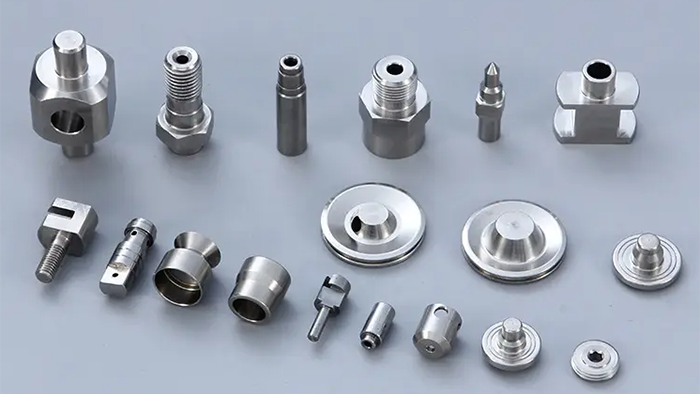
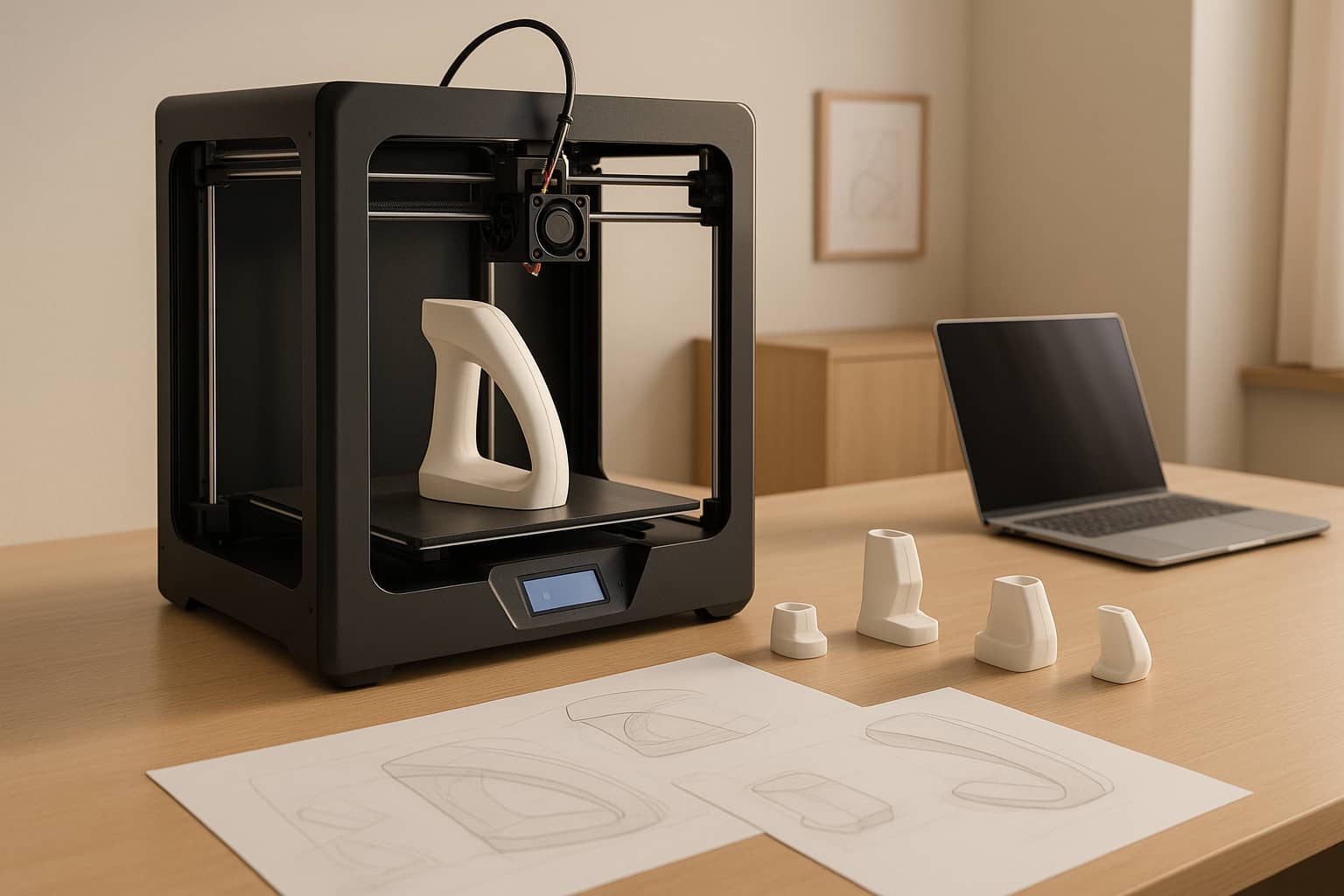
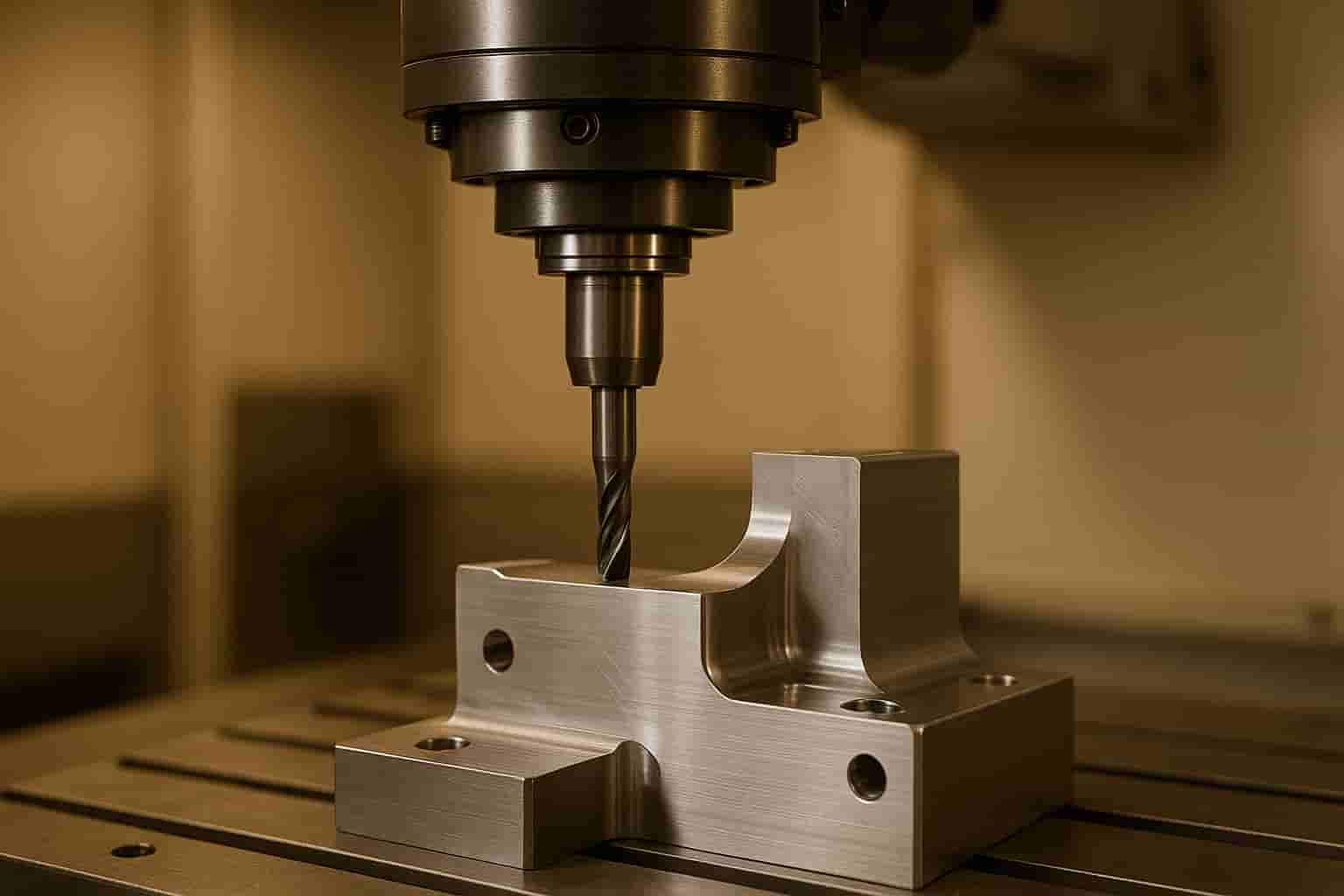
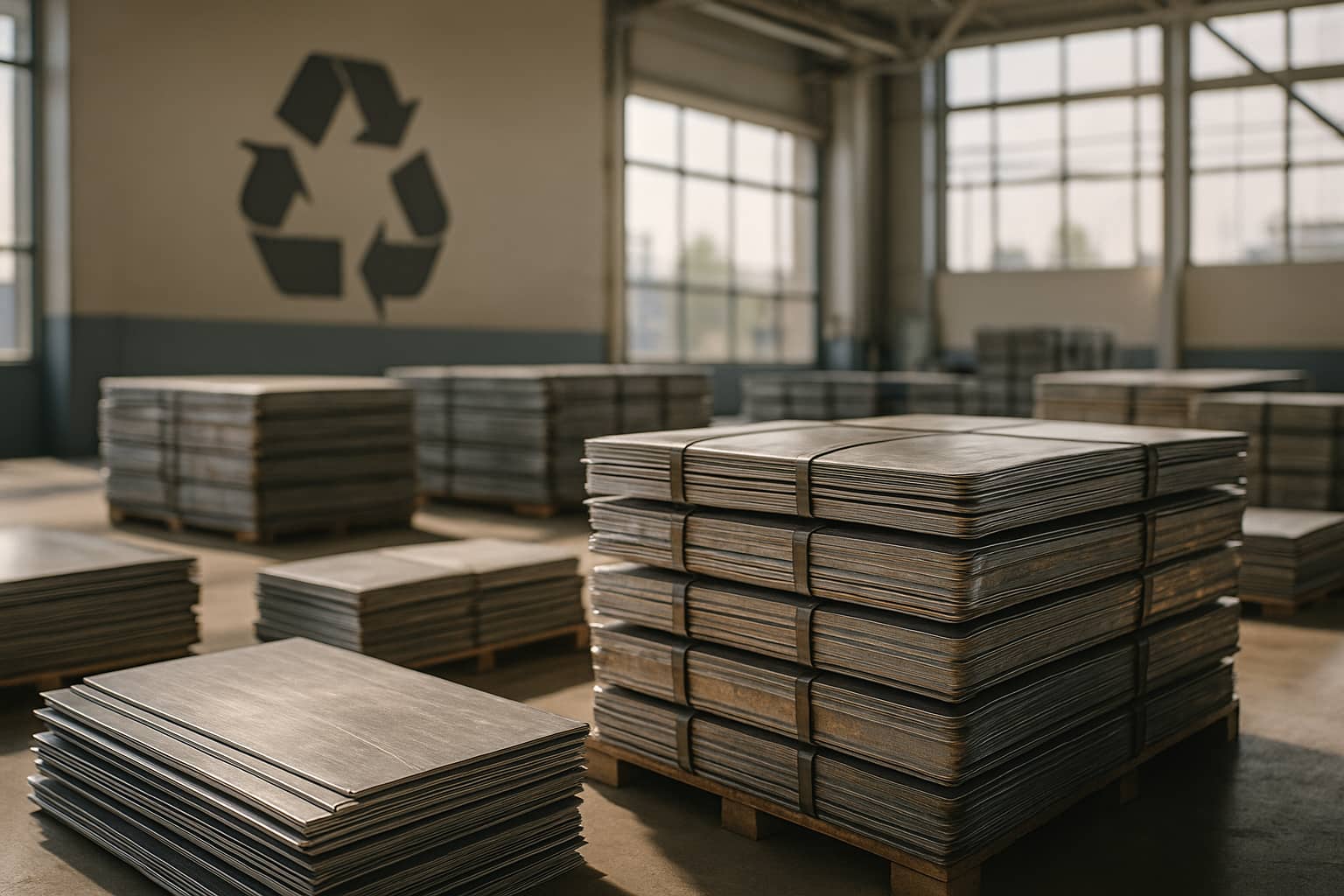


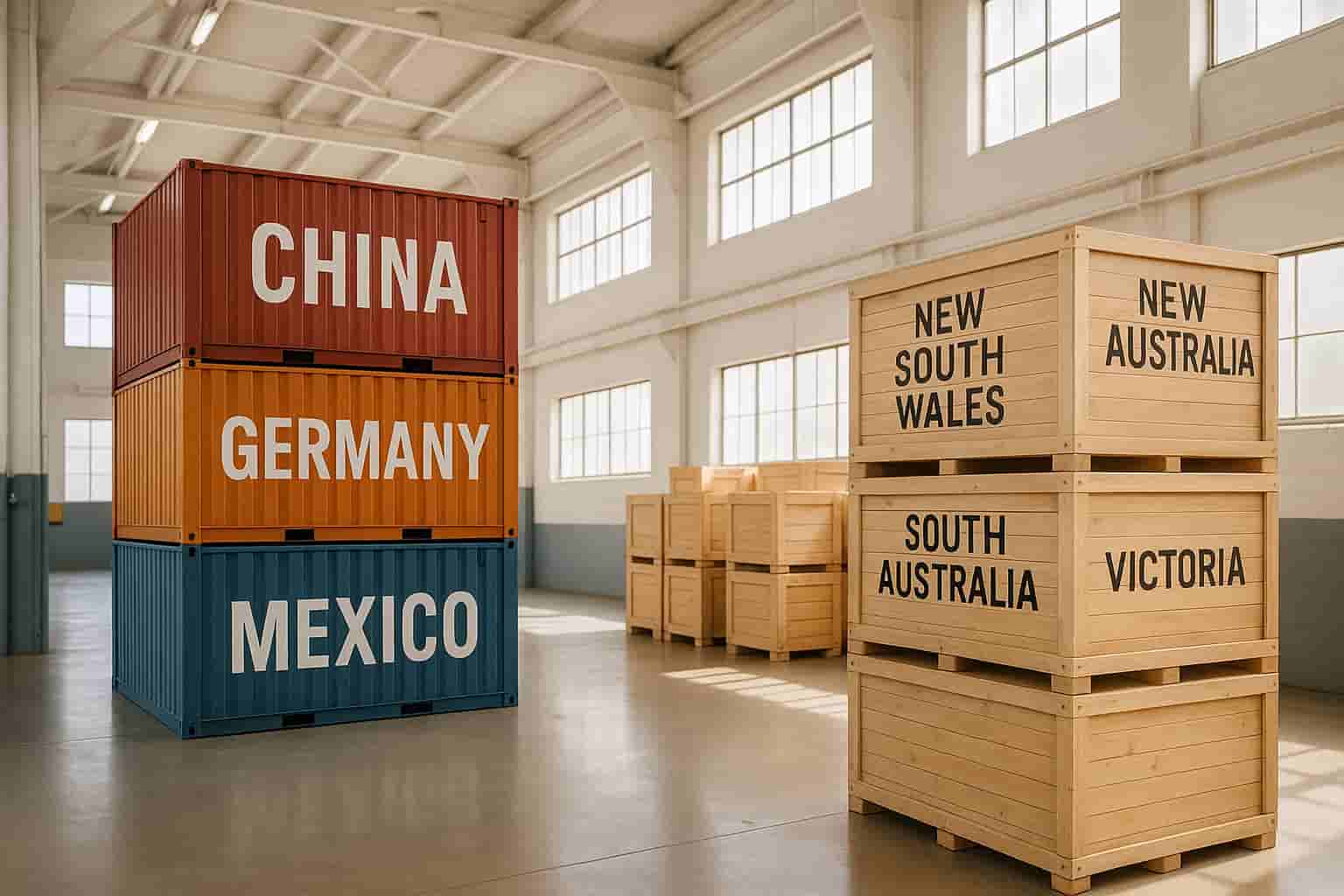
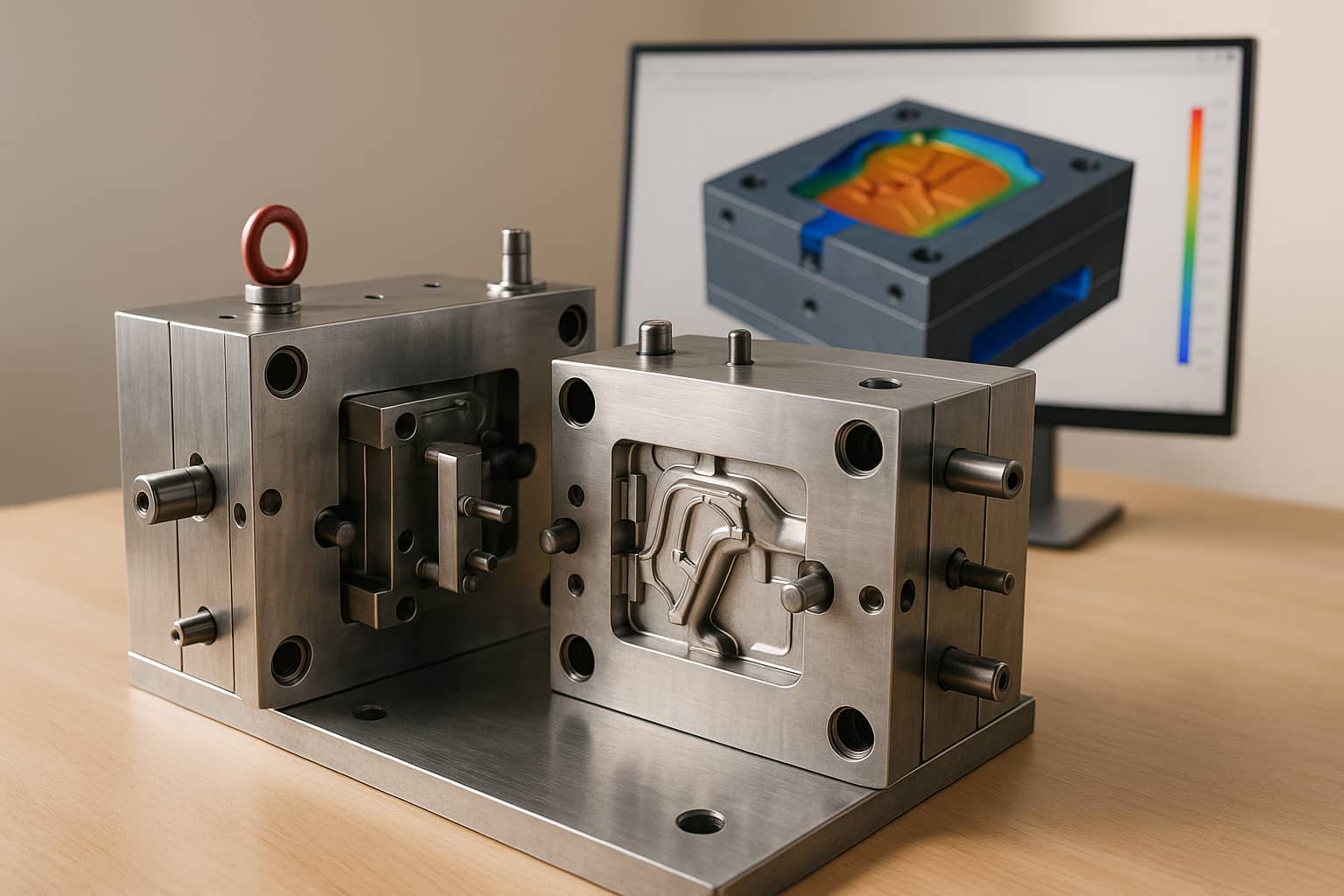

When choosing between regional and global material sourcing, the decision goes beyond just material costs. Here's what you need to know:
| Factor | Regional Sourcing | Global Sourcing |
|---|---|---|
| Material Costs | Higher | Lower |
| Freight Costs | Lower | Higher |
| Lead Times | Shorter | Longer |
| Import Duties/Tariffs | None | 5–15% |
| Currency Risk | Minimal | High |
| Supply Chain Reliability | Higher | Lower |
| Quality Control | Easier | More complex |
This decision depends on your project priorities - speed, cost, or risk tolerance. For Australian manufacturers, balancing both approaches often delivers better results.
In Australia and Oceania, regional material sourcing focuses on using locally procured materials. While these materials might seem more expensive at first glance, the overall savings often outweigh the initial costs when you consider the bigger picture. By sourcing locally, businesses can sidestep international freight charges, import duties, and the unpredictability of currency fluctuations - hidden expenses that can significantly drive up total costs. As GEP Blogs highlights:
"First, businesses that use a regional supply chain can reduce their overall costs, as they don't have to pay for transportation or import duties."
These advantages highlight why regional sourcing is often a more cost-effective choice, even if the upfront costs may seem higher.
Regional sourcing is sometimes viewed as pricier, due to higher local production costs or a narrower supplier base. However, industry insights often challenge this perception. The benefits of quicker response times and reduced risks frequently outweigh these concerns. Marsh Alliance notes:
"The upfront cost advantages of offshoring can often go unrealised in the face of poor responsiveness, long lead times and inferior quality materials."
When you factor in all the variables, regional sourcing often emerges as the smarter financial option for Australian manufacturers. Up next, we'll take a closer look at how these factors compare to global material sourcing.
Sourcing materials globally can help businesses tap into lower base material costs. But the savings don't always come easy - shipping fees, import duties, and the complexities of international logistics can quickly eat into those cost advantages. This balance of benefits and challenges makes global sourcing a topic worth exploring in detail.
The main draw of global sourcing is the ability to access raw materials at prices far below what domestic suppliers can offer. Countries like China, India, and Vietnam have become manufacturing powerhouses, offering reduced production costs thanks to lower labour expenses, large-scale operations, and supportive government policies.
Lower Material Costs
International sourcing often provides raw materials and components at a lower initial purchase price, especially for high-volume production.
Access to Specialised Materials
Certain regions excel in producing specific materials or have expertise in manufacturing techniques that may not be readily available in Australia.
Economies of Scale
Large-scale international manufacturers can produce goods at a lower per-unit cost by spreading fixed expenses across massive production runs.
Improved Negotiation Power
With more suppliers to choose from, businesses gain leverage when negotiating prices and terms, compared to being limited to local options.
While these advantages are appealing, they don't come without challenges.
Hidden Costs
Savings on material costs can be offset by additional expenses like international freight, import duties, customs fees, and currency exchange rates.
Longer Lead Times
Shipping materials from overseas often means extended lead times. This can force businesses to hold larger inventories, increasing storage costs.
Supply Chain Risks
Global supply chains are vulnerable to disruptions such as port delays, shipping backlogs, and geopolitical issues - a reality brought into sharp focus during the COVID-19 pandemic.
Quality Control Challenges
Ensuring quality and compliance becomes trickier when dealing with overseas suppliers. Different countries have varying standards and regulations, and addressing issues across borders can lead to production delays.
For industries focused on rapid prototyping and precision manufacturing - like Mastars, which offers services such as CNC machining, 3D printing, and injection moulding - these challenges can be particularly problematic. Delays in lead times or quality issues can clash with the fast turnaround times that are essential for staying competitive in this space.
Australian manufacturers need to look beyond just the upfront material costs when deciding between local and international suppliers. The table below highlights key cost factors that typically influence this decision:
| Cost Factor | Regional Sourcing (Australia) | Global Sourcing (International) |
|---|---|---|
| Material Costs | Higher due to local production costs | Lower, but savings can be diminished by hidden costs |
| Freight Costs | Significant domestic freight costs due to vast distances and limited carriers | High international shipping costs, including port fees and logistical complexities |
| Lead Times | Shorter, with deliveries often within weeks | Longer, impacted by shipping, customs, and other delays |
| Import Duties/Tariffs | Not applicable | Import duties ranging from 5–15% |
| Port Fees | Not applicable | Additional port handling charges |
| Currency Risk | Minimal, as transactions are in Australian dollars | High, with exposure to exchange rate fluctuations |
| Supply Chain Risk | Lower, with predictable schedules and easier oversight | Higher, due to risks like port congestion and global disruptions |
| Quality Control | Easier, with in-person monitoring | More complex, often requiring remote monitoring |
This table illustrates how hidden costs can significantly impact sourcing decisions, especially when factoring in logistical challenges. For Australian manufacturers, these costs often tip the scales when balancing the benefits of local versus international suppliers.
Australia's geographic isolation and vast internal distances create unique logistical hurdles for both sourcing options. While international suppliers may offer cheaper material prices, the added costs of long-distance shipping, import duties, and currency fluctuations can quickly erode those savings. On the other hand, regional sourcing provides shorter lead times and better quality control, which is particularly valuable for fast-turnaround projects like rapid prototyping. Companies like Mastars demonstrate the importance of direct oversight in services such as CNC machining and 3D printing. Ultimately, these hidden costs and logistical factors play a critical role in determining the most cost-effective sourcing strategy for Australian manufacturers.
Supply chain risks and lead times pose distinct challenges when comparing regional and global material sourcing strategies. For Australian manufacturers, the decision often boils down to choosing between the predictability of local suppliers and the diversification available through international networks. Each option influences project timelines and overall resilience differently, particularly when it comes to managing variable lead times in global sourcing.
Regional sourcing often stands out for its shorter lead times, thanks to supplier proximity and simpler logistics. This is especially advantageous for companies like Mastars, which depend on fast material turnaround for services such as rapid prototyping and CNC machining. Local suppliers also operate within familiar regulations and benefit from efficient logistics systems, allowing manufacturers to maintain leaner inventory buffers while still meeting tight production schedules.
On the other hand, global sourcing introduces a level of lead time variability that can complicate project planning. For example, activating backup suppliers may take 3–6 months in nearby regions like China, but could extend to as long as 12–30 months for overseas partnerships. For specialised components, these delays can be even longer, highlighting the trade-off between cost savings and reliability. Additionally, global supply chains face risks from trade disputes, regulatory shifts, and political instability in supplier countries, which can disrupt established relationships.
Despite these challenges, global sourcing offers benefits that regional options often cannot match. International supplier networks provide access to specialised materials and manufacturing capabilities that may not be available locally. They also help mitigate risks from localised issues like natural disasters or labour strikes, making them an essential part of a diversified sourcing strategy.
In response to these complexities, many Australian manufacturers are rethinking their sourcing approaches. A hybrid strategy is becoming increasingly popular - using local suppliers for critical, fast-turnaround components while relying on global networks for high-volume or less time-sensitive materials. This approach balances the reliability of regional sourcing with the cost-efficiency and material diversity of international suppliers, a crucial consideration for industries where precision and speed are non-negotiable.
There's also a growing trend towards regionalisation, driven by heightened awareness of global supply chain vulnerabilities. Manufacturers are adopting measures like stockpiling critical materials and extending procurement timelines for items with long lead times. These strategies aim to bridge the gap between the dependability of local sourcing and the cost advantages of global networks, all while maintaining flexibility in operations.
Technology is playing a significant role in managing these risks. Digital tools, including AI analytics and IoT monitoring, are helping manufacturers make data-driven decisions about balancing regional and global sourcing. By relying on real-world performance data rather than theoretical projections, these tools enable more effective risk management and supply chain optimisation.
Choosing regional suppliers can significantly speed up prototyping cycles in OEM manufacturing, while relying on global sources often stretches development timelines.
Local suppliers play a key role in supporting iterative design processes. They allow engineers to test and refine components quickly, often slashing turnaround times dramatically. This hands-on approach gives manufacturers better control over production and makes it easier to adapt designs during the prototyping phase. Faster cycles like these are essential for creating accurate prototypes through repeated iterations.
Another benefit of regional sourcing is the ability to streamline operations. Instead of juggling multiple international suppliers, companies can tap into integrated manufacturing solutions. Providers like Mastars offer a range of services under one roof - everything from rapid CNC machining and 3D printing to vacuum casting, sheet metal prototyping, injection moulding, and pressure die casting. This consolidation simplifies production management and reduces logistical headaches.
When it comes to costs, the picture isn't black and white. While global sourcing might initially seem cheaper due to lower unit costs, the longer development timelines can inflate overall project expenses. Regional sourcing, on the other hand, allows for more frequent design iterations within the same timeframe. This often leads to a better final product, even if material costs are slightly higher. Ultimately, this balance affects both the speed of prototype development and the quality of the end product.
Recent events, like the COVID?19 pandemic, have highlighted vulnerabilities in global supply chains and spurred government initiatives to promote domestic manufacturing. These shifts have further emphasised the value of sourcing closer to home.
Proximity to suppliers offers practical advantages, such as on?site inspections and closer technical collaboration. These factors not only speed up problem-solving but also ensure precise refinements to prototypes.
Additionally, strengthened regional trade relationships have created robust supplier networks that can scale seamlessly - from initial prototypes to full-scale production. This kind of flexibility allows businesses to adapt quickly as market needs shift.
Deciding between regional and global sourcing requires a thoughtful analysis of costs and priorities. Your manufacturing goals will ultimately shape the best approach.
Regional sourcing often provides quicker lead times, greater flexibility, and more responsive supply chains - key advantages for projects with tight schedules. On the other hand, global sourcing tends to offer lower per-unit costs, though these savings can be offset by challenges like longer lead times and increased supply chain risks. The COVID?19 pandemic highlighted these vulnerabilities, with many businesses facing delays and unexpected costs.
For rapid prototyping, working with local suppliers can significantly speed up iterations and enhance the final product's quality. A hybrid sourcing strategy often strikes the right balance: relying on regional suppliers for critical components, prototyping, and time-sensitive projects, while sourcing standardised materials globally when lead times are less critical.
It's crucial to evaluate the total cost of ownership, factoring in lead times, inventory costs, quality control, and supply chain risks. With Australia's growing regional trade connections and a heightened focus on supply chain resilience, adopting a hybrid strategy can offer a smart mix of cost efficiency and operational flexibility.
Collaborating with an integrated manufacturing provider like Mastars can simplify the process. Their one-stop solutions for rapid prototyping, tooling, and OEM manufacturing can streamline coordination, enhance quality control, and help you meet project deadlines with confidence.
A hybrid sourcing strategy gives Australian manufacturers the opportunity to strike a balance between cost efficiency and dependability by combining global and regional suppliers. Global sourcing can often lower costs thanks to economies of scale, while regional suppliers provide faster lead times and the ability to adapt more easily to local demand or unexpected challenges.
By spreading their supply chain across multiple sources, manufacturers can minimise risks tied to relying too heavily on a single supplier, such as delays or geopolitical tensions. This approach strengthens supply chain resilience, helping to maintain steady production and on-time deliveries - both of which are essential for keeping customers happy and staying competitive in the market.
Global material sourcing presents several challenges that can throw project timelines off track. Supply chain disruptions - whether from geopolitical tensions, shipping delays, or capacity limits - can create material shortages and unanticipated setbacks. These problems often translate to higher expenses and longer lead times.
On top of that, there are ethical and environmental concerns to consider. Businesses need to ensure fair labour conditions and address the carbon emissions tied to transporting materials over long distances. When combined with logistical obstacles, these factors make it tough to keep costs under control and schedules on track.
To tackle these risks, companies should take a closer look at their supply chain strategies. Exploring alternatives like regional sourcing can often strike a better balance between affordability, reliability, and sustainability.
Regional sourcing can be a game-changer for projects with tight deadlines or rapid prototyping needs. By relying on local suppliers, businesses can shorten lead times and move swiftly from design to production. This approach allows companies to adapt quickly to changes, tackle challenges as they arise, and sidestep lengthy shipping delays.
On top of that, sourcing locally enhances supply chain reliability by reducing risks tied to international logistics. It also makes communication and collaboration smoother. For projects where time is of the essence, these advantages can be the key to hitting crucial deadlines while keeping costs in check.